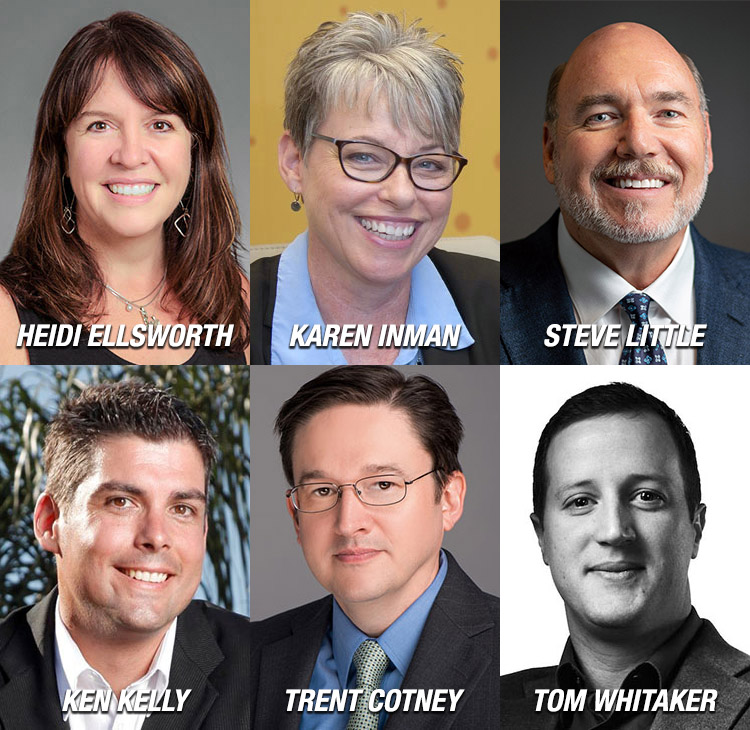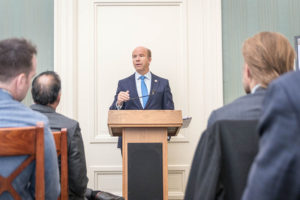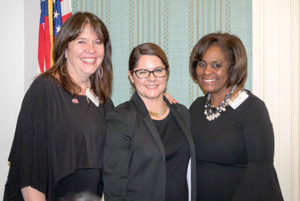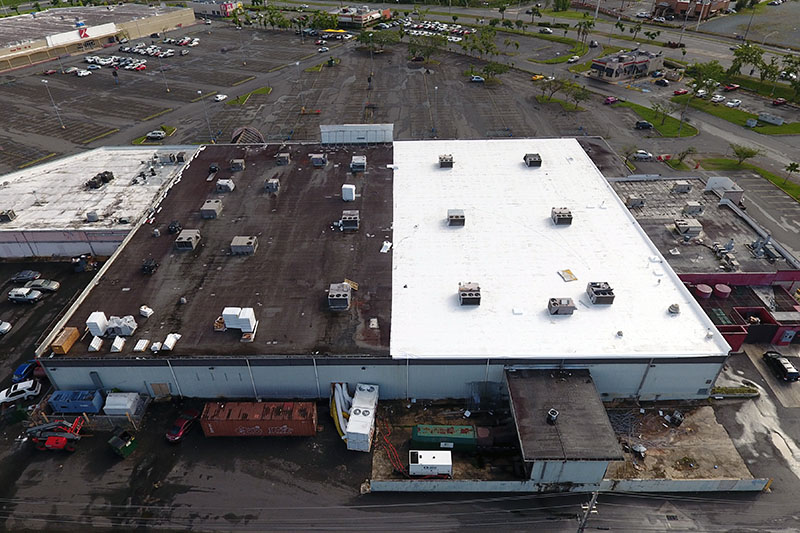By Karen L. Edwards, RT3.
Words aren’t going to do this event justice. There were so many incredible things we learned about 3M while touring their World of Innovation Center and hearing presentations from Maureen Kavanagh, Laboratory Manager and Josh Orman, Strategy and Marketing Manager, both from the Industrial and Mineral Products Division.
From a roofing industry perspective, most of the RT3 members knew that 3M makes the granules that are used in asphalt roofing products. We were also aware that 3M had created some pretty cool granule technologies including algae-resistant and smog-reducing granules (recognized by Time Magazine in 2018 as a Best Invention). What we didn’t realize was how 3M innovations are everywhere. There is a saying that wherever you are, there is probably a 3M product within 10 feet of you.
The World of Innovation was where RT3 members learned about the many innovations and provided a hands-on experience to see many of the technologies and experience how the products worked. We learned a little bit about William L. McKnight, 3M president from 1929 – 1949 and Chairman of the Board from 1949-1966. He was known for the saying “hire good people and leave them alone.” McKnight created a culture of inclusiveness, diversity and innovation.
To this day, 3M employees are encouraged to spend 15 percent of their working hours developing new ideas and solutions. Our host, Maureen, explained in her overview of the company that 3M sees itself as a company that develops solutions to its customers problems. That got the attention of RT3 Members as they headed into breakout sessions to discuss some of the roofing industry issues that 3M might be able to help us solve. There were some creative ideas that came from the session that if possible, could really impact our industry.
The ideas included:
- Robotic tearoffs
- 3D manufacturing
- Tarps that are like Post-it® notes
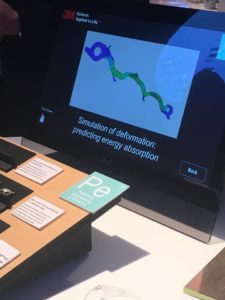
Creating safer safety harnesses that predict energy absorption - Fastening applications using their adhesives
- Safety strips for steep-slope roofs
- Scaffolding in truck to eliminate ladders
- Sensors in the roof system to eliminate need for core samples
- Carfax for roof history to see past damage
- Emergency temporary spray for repairs
- Insulation that bleeds through membrane if there is a leak for easy identification
- Pressure seals between layers of insulation to detect leaks
- Storm kits
- Full head gear systems for silica safety, fan-force air out and create cool air inside
- Clothing that prevents heat exhaustion
- Smog reduction into more materials than granules, i.e. tile
- Carbon capture technology
- Printed single ply to resemble shingles, shakes, etc. to increase SRI
- Retractable lifelines that elevate above the roof
- Leak detectors under the roof to alert before significant damage occurs
- Solar integrated roofing systems
- Ergonomic tape for tools
- Non-stick, gripping material for work boot soles and roofing materials
- Granules in spray format to extend roof life and reduce smog for existing roofs
- Water recapture systems with sanitization
- Film for over skylights that can support body weight
- Safety gear that alerts employers if it is removed
After RT3 members shared their ideas for the 15-percent time, the group discussed ideas for future meetup locations and other initiatives, such as the development of a technology-focused podcast. The day concluded with a visit to the 3M Roofing Innovation Center with a tour of how color blends are created and how samples are run to visualize what the new blend would look like on a roof.
It is our hope that by learning about innovations in other industries, it might be possible to adapt those solutions for use in the roofing industry. By meeting with innovators and problem solvers like 3M, we provide insight into the challenges being faced in the roofing industry with the goal of developing new technology solutions that can change the industry and improve health, safety and material performance.
Stay up to date on the latest roofing technology news and happenings when you sign up for the RT3 SmartBrief e-newsletter.

